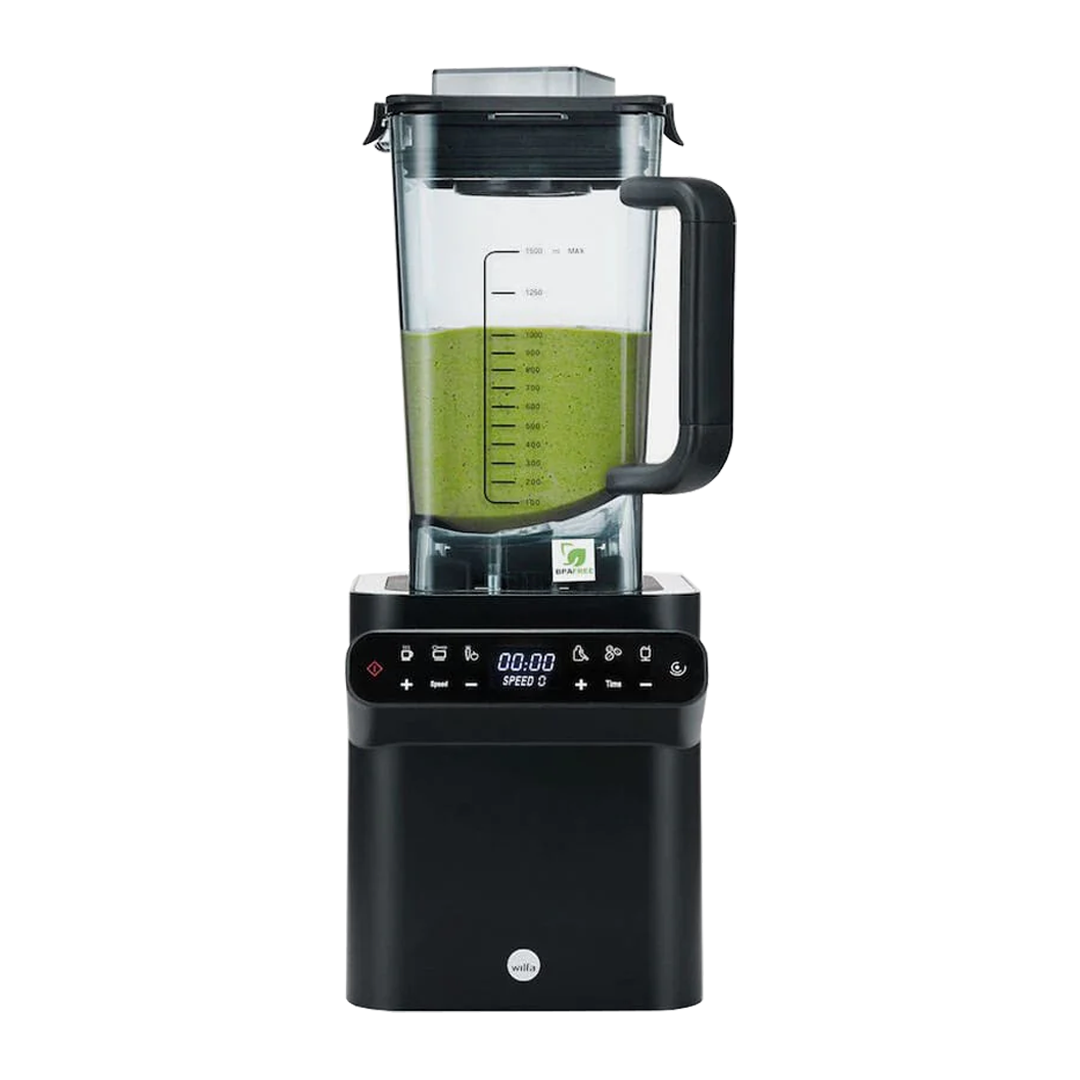In the world of health and wellness, juicing and blending have gained immense popularity as the two main methods for incorporating fruits and vegetables into our diets. While both techniques involve making high-nutrient drinks, they each offer distinct advantages and some drawbacks. In this article, we explore the juicing vs. blending debate to help you choose which method best aligns best with your dietary and nutritional goals overall.
Juicing Vs Blending
In the world of health and wellness, juicing and blending have gained immense popularity as the two main methods for incorporating fruits and vegetables into our diets. While both techniques involve making high-nutrient drinks, they each offer distinct advantages and some drawbacks. In this article, we explore the juicing vs. blending debate to help you choose which method best aligns best with your dietary and nutritional goals overall.
Not A Fan Of Reading?
 |
 |
Juicing
Advantages
Easier digestion: The absence of fibre in juices can be gentler on the digestive system, making it suitable for individuals with sensitive stomachs.
Concentrated Nutrients: Juices are a potent source of vitamins, minerals, and phytonutrients in a condensed form, making it easier for the body to absorb them quickly.
Immunity: Juicing specific fruits and vegetables has been known to help boost immunity, and with a higher nutrient concentration in juicing, the effects are more prominent.
Disadvantages
Calorie Dense: When juicing, the calories can sneakily add up and with fruits having a high sugar percentage, your juice can quickly become calorie-dense and high in sugar.
Cost: Due to the juice being extracted from produce, sometimes (depending on what is juiced) it can cost slightly more than blending, this is because you lose the fibre when juicing, therefore you will need more produce to make a full glass.
Blending
Advantages
Steady Energy: Blended smoothies provide a steady release of nutrients and energy due to the presence of fibre and balanced nutrient profiles.
Satiety: The fibre content in blended drinks helps you feel full for longer, reducing the likelihood of overeating.
Fibre Retention: Blended smoothies contain all the fibre present in the whole ingredients, promoting better digestion and a slower release of sugars into the bloodstream, which may help with evening out blood sugar levels.
Disadvantages
Thicker Consistency: Some individuals might find the thicker consistency of blended smoothies less appealing compared to the smoother, lighter texture of juices.
Nutrient Dilution: The volume of ingredients used in blending can sometimes dilute the concentration of certain nutrients, which for some individuals, is the reason they tend to juice instead.







